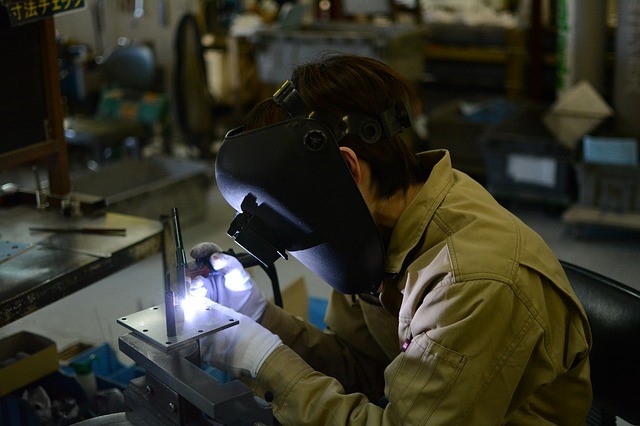Most people have heard of “bronze” at least once—in a museum, in a church, or in an Olympic ceremony. It’s a metal used to make a variety of things, including sculptures, bells, and medals. Brass?—Not a lot. Only those in the manufacturing and construction industry are well aware of it.
Truth is even though brass is as useful, if not more, as bronze, it isn’t as popular. One apparent reason for this is because its history is not as remarkable as bronze’s. Unlike brass, bronze was discovered at a time when there are no other metals that could rival it yet.
It didn’t take long, though, before brass could make a name for itself. And at one point in history its existence begged the question “Are brass and bronze the same?”or “Can brass substitute bronze?”
While brass and bronze are both alloys of copper, their properties are not the same. Neither metal can substitute the other at least in highly specialized applications.They must be treated as different metals with different values.
Composition
To better understand the difference between brass and bronze, let’s take a close look at their composition. After all, an alloy’s properties can change dramatically when at least one of its contents is altered. In fact, adding even just a miniscule amount of a different element to the composition could produce an entirely different kind of alloy.
As previously mentioned, brass and bronze are both alloys of copper. This means that copper is their base metal content and they differ in their secondary metal content. Brass is an alloy of copper and zinc, while bronze is an alloy of copper and tin.
Unlike bronze, which was discovered when copper and tin-rich rocks were combined to build campfire rings, the discovery of brass was almost totally unintentional. For some time it wasn’t regarded as a copper alloy because zinc vapor hadn’t been recognized as a metal yet. It wasn’t even called brass until zinc qualified as a metal.
Properties
Due to their difference in composition, brass and bronze also possess different properties. Anyone working with these metals must take note of this fact because they are generally not interchangeable.Here’s to help you more easily distinguish between brass and bronze.
-
Color
– Bronze has a reddish-brown or reddish-gold color, which turns into dark brown or green as it oxidizes. Brass, on the other hand, has a bright gold, copper, or even silver color, depending on the type and amount of other metals added to the mixture.
-
Workability
– Brass is more malleable than bronze. Meaning, it’s less likely to break when hammered or rolled into thin plates than bronze. In fact, bronze is almost as brittle as cast iron and melts longer than brass. Depending on their composition and the output quality desired, however, both bronze and brass may need to be worked hot.Whether you are extruding brass or bronze bars or drawing them into wires, they need to be heated for easier metalworking.
-
Conductivity
– When it comes to heat and electrical conductivity, there’s not much difference between the two alloys. They are both effective conductors, and that’s why they’re suitable for machines that run on electricity.
-
Corrosion Resistance
– Both brass and bronze are resistant to corrosion because they are mostly made of copper. However, they react differently to oxidation. Bronze develops a protective layer called patina when exposed to the air, while brass simply tarnishes and loses its luster. Some types of brass are especially resistant to galvanic seawater corrosion, making them ideal for sea vessel covering and pipes for desalination systems.
-
Acoustic Property
– The sound created by bronze is much duller and deeper than that created by brass, which explains why it isn’t compatible for high-pitched musical instruments. It’s just right for cymbals and bells, though, because its resonance does not disappear fast. Brass, on the other hand, is capable of creating the smooth, wide-ranging tone expected from musical instruments like trumpet and horn.
Where to Purchase Brass and Bronze
Despite being widely used in the construction, communication, and transportation industries, copper alloys are not as easy to come by as more abundant metals like iron and aluminum. There are only very few bronze and brass suppliers in North America that can provide authentic, high-quality products.
It’s easy to tell if a supplier can deliver the right grade of metal for your project. First, find out how long they’ve been in the business. The older the company, the wider its network of sources is, so it’s also highly that they produce superior products. Rotax Metals, which was established many decades ago, is the perfect example. Having their own foundry is also a meritas it means they have full control of the manufacturing and quality assurance process.
Sources:




